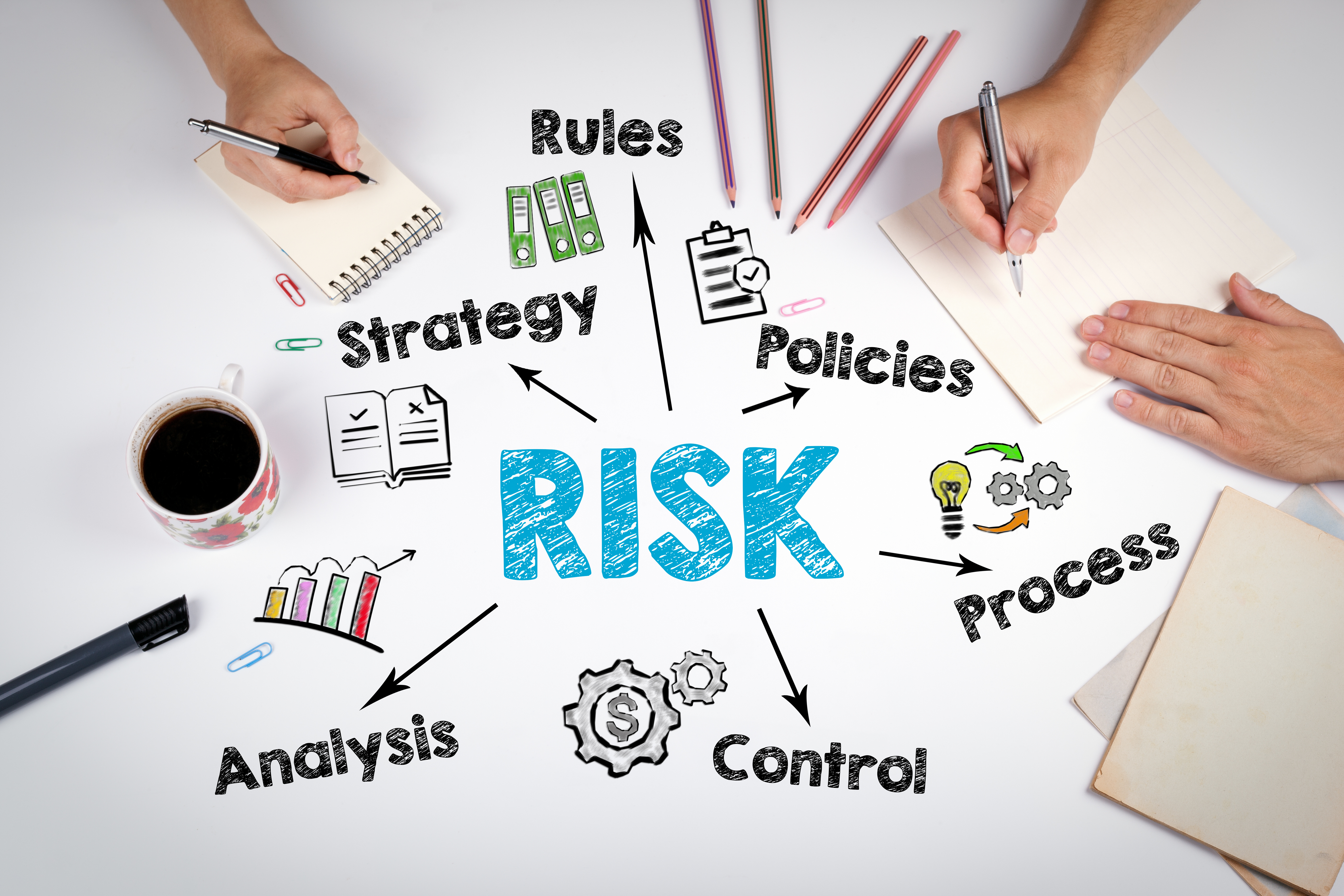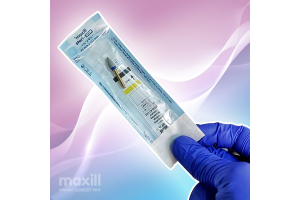Defining Risk Management within IPAC: Job well done!

Risk Management in a Dental Office
In many provinces, the pivotal moment for IPAC was before the pandemic, in 2017, when public health units and regulatory bodies took a closer look at the practice of IPAC in dentistry to ensure compliance with ‘routine practice’. Before the pandemic, many offices had already swept through their IPAC policies and made enhancements to strengthen their IPAC procedures, decreasing the risk level and satisfying the elements of routine practice. Although in 2017 reading the fine print and deciphering through the grey areas of written standards seemed like a pain in the neck, I look back and say thank you, 2017, for shaking our IPAC world ahead of time.
In this shake-up, dental professionals became more knowledgeable in the theory of IPAC and started initiating structure to IPAC. Again, not that we did not follow IPAC prior, but we did not have it structured as a program, and we did not equate it to a risk management approach. We needed that solid foundation to be prepared for the changes that were to come. We needed that ‘shake-up’ to initiate critical thinking in the direction of risk management. I will then label 2017 as the year of IPAC foreshadowing!
Assessments and Re-Assessments
Risk management is the foundation of a dental office's IPAC program. It is a term that dental offices equate to health and safety but may not fully parallel to IPAC. Risk management is a process that utilizes a baseline assessment to see how we ‘measure up’. From this assessment, goals can be set towards actions for practice enhancements. Risk assessment is not a one-time shot, it’s a full ongoing process. Follow-up assessments are required to ensure we are maintaining the changes we made and ‘still’ measuring up.
A great approach is to self-evaluate at least quarterly. Public Health resources include IPAC checklists to perform this risk assessment. Maxill offers a service called “IPAC in a Box” where a maxill IPAC representative joins your practice for a comprehensive 50-page checklist evaluation generating a thorough report with tailored goals. The self-assessments are retained as part of record keeping as supportive proof in the event of an IPAC audit. Sounds simple? It truly is, if the office has a designated IPAC Officer. Just as a dental office has an H & S Rep, an IPAC Rep is needed to direct and navigate the IPAC Program.
What Have We Been Doing?
At the beginning of the pandemic, it was clear to see how we had to step up from routine practice to additional precautions. ‘Additional precautions’ means we are going beyond routine practice and have to add extra layers of protection, and more safety nets. The pivot from routine practice to additional precautions is risk management itself. Knowing when to move to additional precautions, follow evidence-based research, understand interim standards, self-reflect, and make the necessary practice adjustments, is almost a full-time job for the IPAC Rep. I am sure we all had a section in our IPAC manual with a heading of ‘Additional Precautions’ that had a few lines and no true protocol.
Most likely we all glanced over that section under the notion that the chances for occurrence were slim to none. Ahh, now we are paying attention to the additional precautions section in our IPAC manual! As dental professionals always do, when the pandemic hit, we acted promptly and effectively to create proper additional precautions protocols, our ‘new norm’. We should not glance back in despair but rather in pride that we did it and did it well propelling the message to be heard loud and clear by the public and the minister of health that ‘yeah we got this’. It was heard so well that in the viruses encore we were deemed essential in our services (something you and I always knew). What did we prove? We proved we understood risk management and had the knowledge, structure, personnel, and critical thinking to mitigate risks at a pandemic level. Way to go dentistry!!!
The Good Stuff...
In the grim reality of a pandemic, for the purpose of our own sanity and mental health, we need to also focus on positive attributes. It is more than okay to have moments of rejoicing and we truly need to give ourselves a pat on the back. Dentistry is a humble profession. We do things and do them very well because we must and we want to. There are shiny gold crowns for patients in dentistry but no shiny gold medals for dental professionals. Well, today I am virtually handing out gold medals to each and everyone one of you for merit in your critical thinking of risk management. Whether conscious or not, applying risk management to an IPAC Program is exactly what you all accomplished. Enjoy your gold medal … you deserve it!







